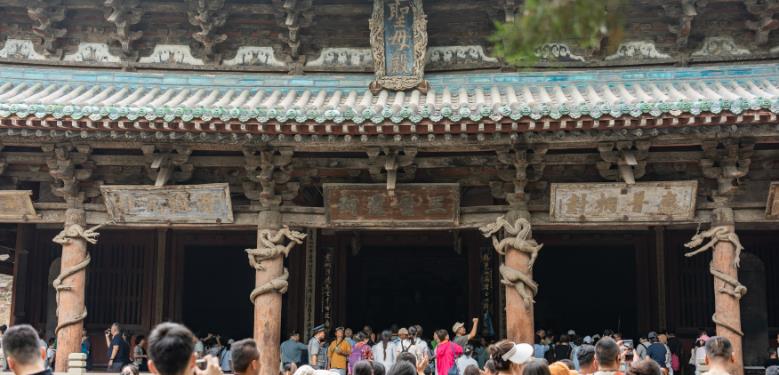
On August 20, with the explosive popularity of the game ' Black Myth: Wukong', which is a Chinese-made video game backed by Tencent Holdings, northern Chinese province Shanxi, known as a "paradise for ancient architecture enthusiasts," saw a surge in tourism. According to Meituan data, on the game's launch day, the search popularity of Shanxi scenic spots increased by 156% compared to the previous day.
The game is based on the world of "Journey to the West" and integrates elements of traditional Chinese culture into its visuals. Its highly detailed depiction of Chinese ancient architecture and color sculptures is a major highlight of the game.
According to incomplete statistics compiled by netizens, the game's visuals feature at least 36 locations in China, with 27 of these located in Shanxi. These include the Hanging Temple in Datong, the Yungang Grottoes, the Shanhua Temple, the South Zen Temple in Xinzhou, the Youguo Temple, the Wooden Pagoda in Shuozhou, Chongfu Temple, Guandi Temple and the Stork Tower in Yuncheng, and the Iron Buddha Temple in Jincheng, among other historic buildings and temples.
Shanxi is renowned as a "treasure trove of ancient Chinese architecture," with 531 nationally protected cultural heritage sites. The region has long been a popular summer travel destination. According to Meituan data, in August, bookings for cultural and tourism activities in Shanxi increased by 105% year-on-year. In addition to local visitors, tourists from Beijing, Tianjin, Xi'an, Shanghai, and Shijiazhuang are especially enthusiastic about traveling to Shanxi during the summer.




